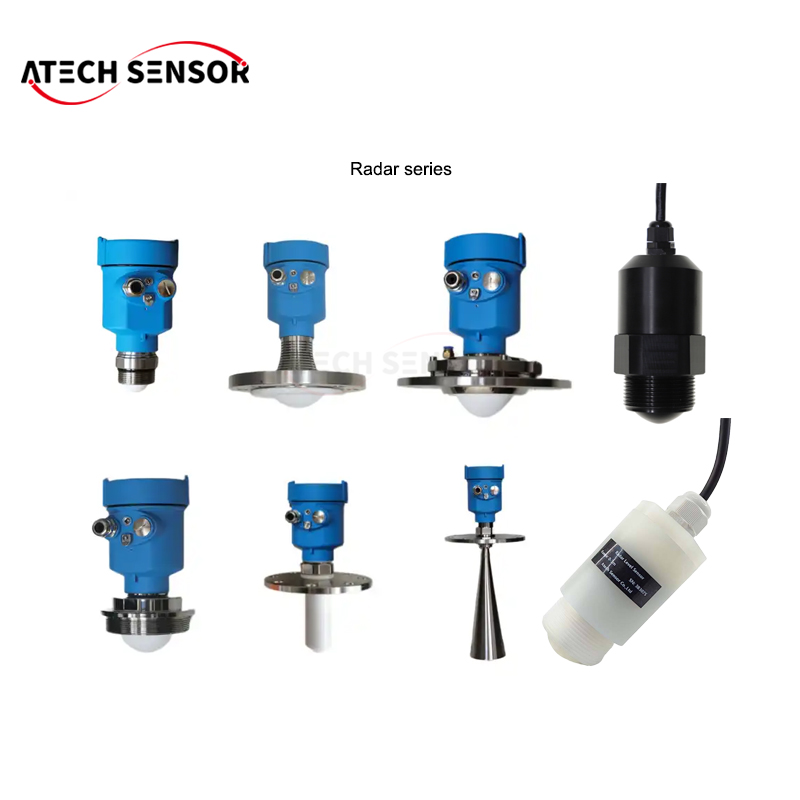Key points for the selection of radar level gauges
Selection points
The correct selection of the radar level gauge can ensure the better use of the radar level gauge. What kind of radar level gauge should be selected according to the physical and chemical properties of the fluid medium to be measured? What is the diameter, flow range, lining material, electrode material, and output current of the radar level gauge? All of them can adapt to the nature of the measured fluid and the requirements of flow measurement.

1. Precision function inspection
Accuracy grade and function according to the measurement requirements and use occasions to select the instrument accuracy level, so as to achieve economic and cost-effective. For example, when it is used for trade settlement, product handover and energy metering, a higher accuracy level should be selected, such as 1.0, 0.5, or higher; For the occasion of process control, different accuracy levels are selected according to the control requirements; For those occasions where the process flow is only detected and there is no need for accurate control and measurement, a slightly lower accuracy level can be selected, such as 1.5, 2.5, or even 4.0, in which case a low-cost plug-in radar level gauge can be selected.
2. Measurable medium
Measuring medium flow rate, instrument range and caliber When measuring general media, the full flow rate of radar level gauge can be selected in the range of 0.5-12m/s flow rate of the measuring medium, and the range is relatively wide. The selection of instrument specifications (caliber) is not necessarily the same as the process pipeline, should depend on whether the measured flow range is determined in the flow rate range, that is, when the pipeline flow rate is low, can not meet the requirements of the flow meter or when the measurement accuracy can not be guaranteed under this flow rate, the instrument caliber needs to be reduced, so as to improve the internal flow rate, and obtain satisfactory measurement results.
Collapse and edit the measurement method in this paragraph
It is a radar level gauge based on the principle of time domain reflection (TDR), part of the pulse of the radar level gauge is reflected to form an echo and return along the same path, but the final value of the measurement range should be at least 100 mm away from the ****** of the antenna due to the effects of corrosion and adhesion. For overload protection, you can define a paragraph
The radar level gauge flies at a safe distance attached to the blind zone. The small measuring range is related to the antenna. Depending on the concentration, the foam can both absorb and reflect microwaves, but it can be measured under certain conditions. Back to the pulse emitting device.
Collapse and edit the application guide for this paragraph
Radar level gauges are used in water and liquid storage tanks, acid and alkali storage tanks, slurry storage tanks, solid particles, and small oil storage tanks. All kinds of conductive, non-conductive media, corrosive media. Such as coal bunkers, ash bunkers, oil tanks, acid tanks, etc
Advantages of radar level gauges
Radar level gauges are either non-contact or TDR guided wave measurements
Radar level gauges use electromagnetic pulses for fast measurements, with high accuracy and strong resistance
Corrosion-resistant (probes are mostly made of 316 stainless steel or PVDP and other materials)
High pressure resistance (40Kg/cm2)
High temperature resistance (200°C)
Precautions for radar level gauges
Radar level gauges have certain requirements for installation space
Pay attention to the dielectric constant of the medium, and select the appropriate model according to the magnitude of the dielectric constant

